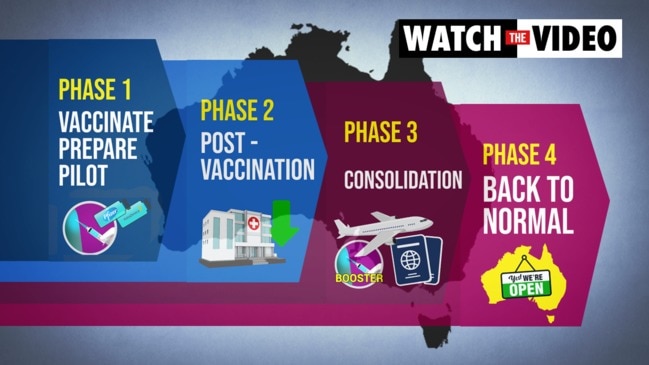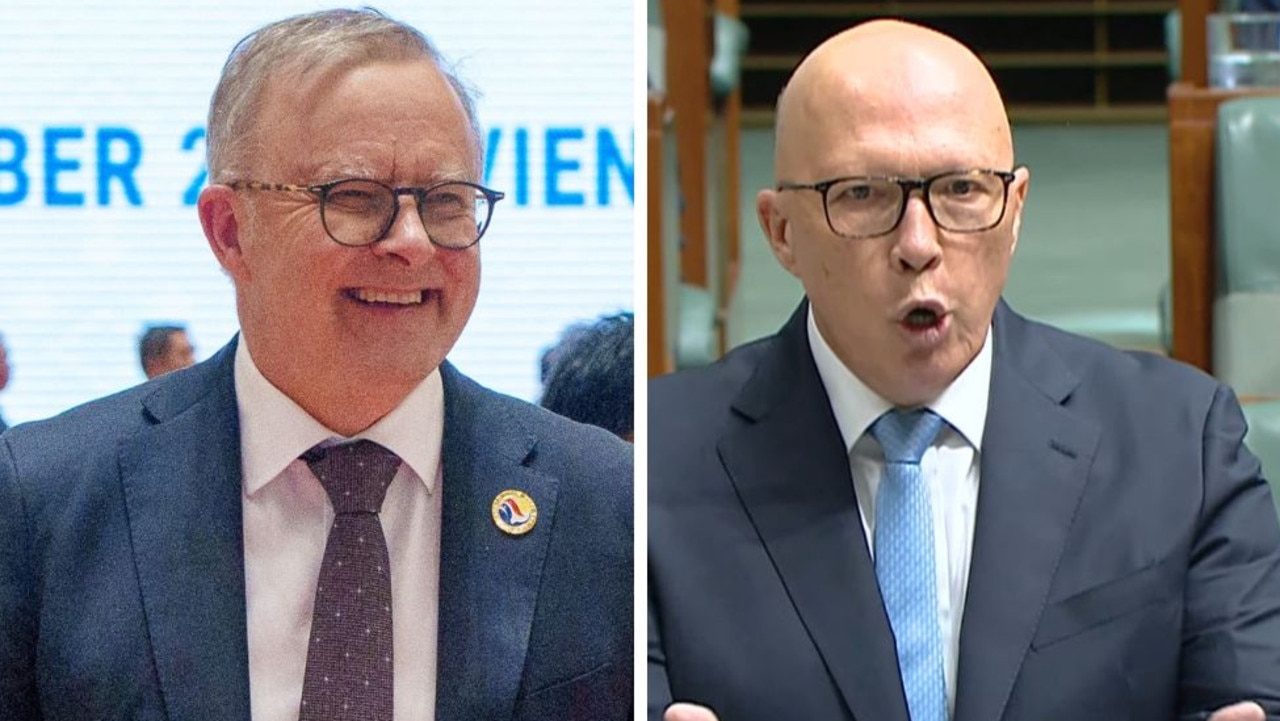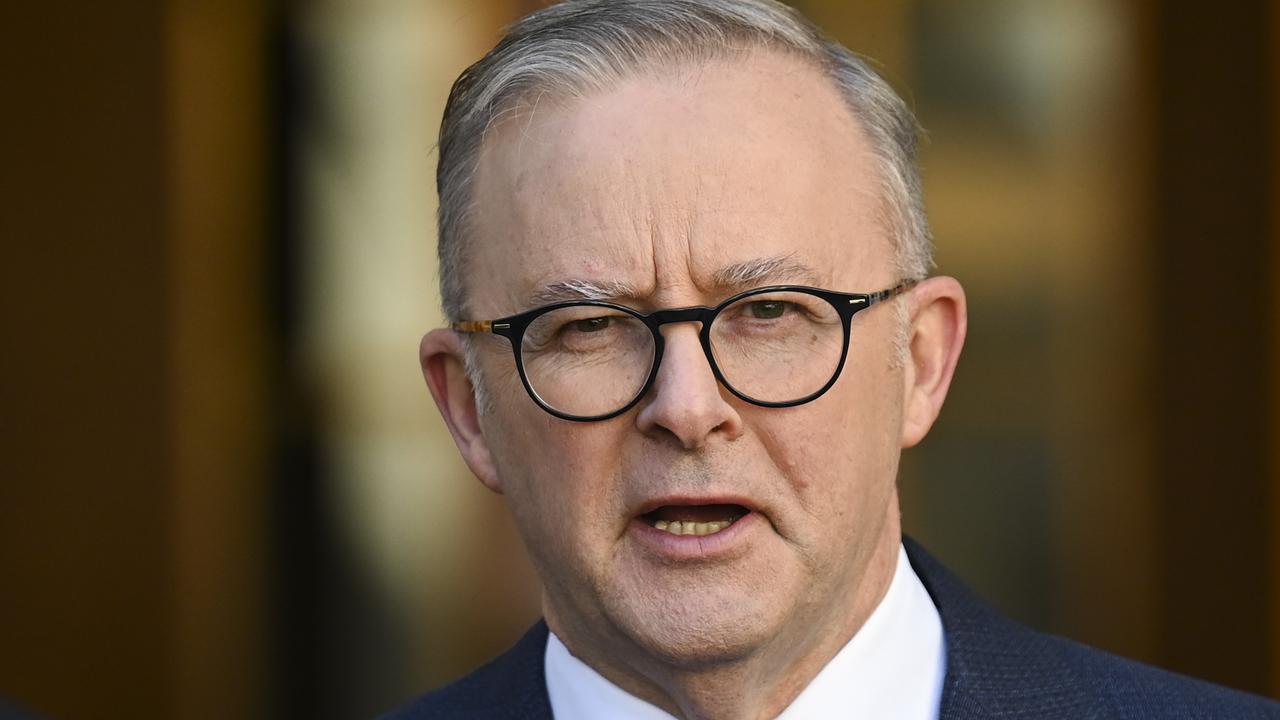The gap between Australia and rest of world on Covid freedom is widening
While other countries stride to Covid freedom Australia is still paralysed by lockdowns and it may take years for us to catch up.

Patrick Carlyon
Don't miss out on the headlines from Patrick Carlyon. Followed categories will be added to My News.
Britain is looking forward to Freedom Day on July 19. All restrictions will be lifted, despite a surge in Covid cases and the Delta variant.
In Canada, returning travellers who are fully vaccinated no longer need to do quarantine.
In the United States, where almost half the population is fully vaccinated, discussion has turned to the future need for booster shots.
In Australia, the biggest capital city is trapped in an endless lockdown. Random cases – “flying embers” as they’ve been called – seep into Victoria and elsewhere.
Australia remains paralysed. The nation is unlikely to embrace a Freedom Day in 2021.
It is a place of “red zone permits” and the official fretting about the travels of this or that individual.

Did the positive removalists from NSW who drove to Victoria have a permit? Are they being honest about where they did and did not go?
Australia is stuck in a time warp, doomed to be months or years behind the rest of the western world.
We are fixated on the minute detail, by necessity, whereas other countries stride forward, confident that high vaccination numbers will minimise the number of intensive care patients and avoidable deaths.
The international scramble for vaccine supply erupted mid last year. Retrospect is a wonderful thing. No one knew at the time which vaccines in production would work, and which would falter in trials.
But did Australia cover its bases as other countries did?
Australian officials met with Pfizer last July. History is often made behind closed doors, and this was a monumental moment that needs to be understood.
Other countries bought Pfizer doses in the weeks that followed. Logic dictates that Australia could have similarly closed a deal.

The United Kingdom secured 30 million doses, and the United States 100 million. Japan ordered 120 million doses and Canada secured 40 million.
Yet Australia finally secured 10 million Pfizer doses last November. Another 10 million doses were bought in February, then 20 million in April, when Pfizer officially became the preferred vaccination for younger Australians.
Australia is used to delivering in crisis. We generally do it better.
Yet even with the “advantage” of watching other nations pioneer exit strategies, we limp through poorly crafted ad campaigns and mixed messaging about vaccination rates and the greater good.
Every Australian is, at any given moment, justified in feeling confused, bewildered and uncertain about Australia’s approach. Supply does not meet demand, as it does elsewhere.
This tale of stagnation traces back to that July 2020 meeting with Pfizer, and the conflicting stories of what was and was not said.
It’s unclear where blame should be apportioned. But Australia clearly missed the moment. We sat on our heels when the whips were flying.
That absence of a result from those discussions 12 months ago has cost us six months, if not more, of lockdowns and livelihoods lost.
The gap will keep widening. Australia will take years to catch up with those countries who did it better.





